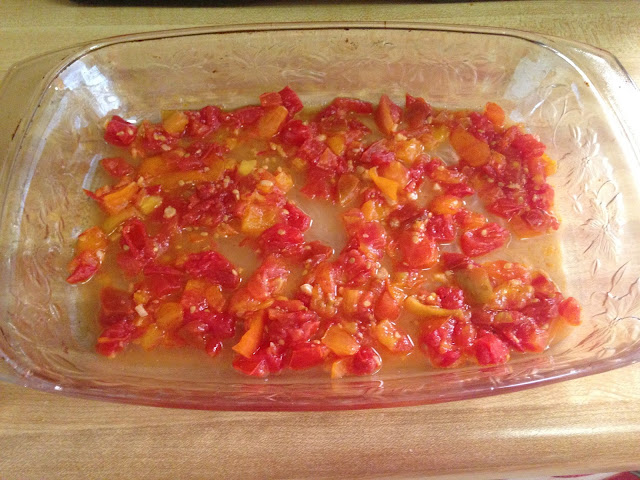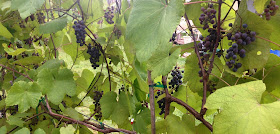What can make humble home fries and eggs awesome... and fill you home with a wonderful aroma at the same time? Check this out -
Ingredients:
4 tablespoons (1/2 stick) unsalted butter
4 medium russet potatoes, peeled, cut into 1 inch chunks and parboiled in salted water until just done but still firm
1/2 sweet onion cut into strips
1 teaspoon sumac * (or sub with garam masala)
1/2 teaspoon paprika
1/4 teaspoon turmeric
1 teaspoon lime juice
Kosher salt
1/2 teaspoon freshly ground black pepper
1 tablespoon vegetable oil
1 Fresno chile, chopped or thinly sliced
1/4 cup coarsely chopped mixed herbs - an equal combination of cilantro and parsley
4 large eggs
For the Home Fries:
Heat the
butter in a large cast-iron skillet over medium-high heat until it begins to
shimmer. Add onion and cook until soft, about 5 minutes.
Add the potatoes, garam masala, paprika, turmeric and a very generous
amount of salt and toss to coat the potatoes and onions.
Use a spatula to press and crush
the potatoes against the bottom of the pan. Cook until golden brown and crisp on
the bottom, about 5 - 7 minutes.
Turn over in large chunks and press again to crisp the other side.
Cook until browned on the bottom, another 5 - 7 minutes.
Taste and add salt as
needed.
While the potatoes crisp, heat the vegetable oil in a non-stick skillet over medium
heat. Add the chiles and cook, stirring, until warmed and very slightly
softened, about 1 minute. Add the herbs.
Spoon the chile herb mixture over the potatoes and drizzle with the lime juice.
Serve straight from the pan. Leave a little of the oil and herbs in the pan.
For the eggs:
Cook the eggs as you like in the pan you
made the herb chili sauce.


















































